When visitors come to Barcelona, whether to come and live here for a matter of months or for a shorter, more touristic visit, they are sure to be wrapped up in a marvelous environment that has so much to offer. There is so much to explore in Barcelona that at times, certain treasures of the Ciudad Condal become more hidden than others. The Pabellón Alemán de Mies van der Rohe, a lovely pavilion in the city, is one of these local treasures, not immediately obvious to visitors when they first arrive. This site’s history is the history of many other pavilions erected during the World’s Fairs of the time – in 1929, many temporary exhibitions were built with the goal of capturing the attention of the world with architectural creations and displaying their avant-garde style. However, their size and style are a far cry from the dramatic exhibitionism of many current architectural creations. Today in this article from ShBarcelona, we’ll be talking about the Pabellón de Alemania, or the German pavilion, of Barcelona.
Related article: Discover the unusual architecture of Gaudí in Barcelona
The German Pavilion, one of the jewels of the 1929 World’s Fair
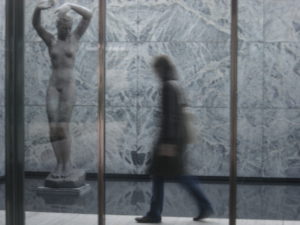


Photo by 3:14 via VisualHunt
The famous architect Mies’ wisdom of “less is more” and “God is in the details” comes to mind when thinking of this small architectural treasure. After the World’s Fair, it was dismantled and sold in different parts, and in 1983, an initiative by the Ayuntamiento de Barcelona permitted its reconstruction. When you see the whole of the Pabellón de Alemania you can see the beauty in the small details, faithfully maintained through the reconstruction finalized in 1986. The spaces flow limitlessly within this small work, with minimalist steel pillars supporting a continuous cover and the decoration expressed only through the naked geometric symmetry of the blocks of marble, travertine and onyx. Less is more, as the materials of the work say everything in volume without the need for superfluous decor that distracts the eye.
Related article: Barcelona Olympic Stadium
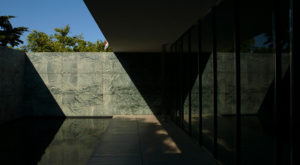


Photo by Mataparda via VisualHunt
Within the design of the pavilion are the first manifestations of the ideas of neoplasticism. The pavilion is a space without doors, frames or windows, where the richness of the materials, alternating between opaque and glazed planes, provokes the fluidity of the interior with the exterior, the continuation of one space to another. There aren’t grand leaps in distinction between heights that interrupt the sensation of unity as you move through the space. If you have the luck of visiting Barcelona (perhaps while staying in one of ShBarcelona’s beautiful vacation rentals) you can spend some time at the pavilion and see its amazing structure for yourself. You can find more information related to the original pavilion, its reconstruction process and how to get there by visiting the webpage of the Mies van der Rohe Foundation. If you’re staying in the Ciudad Condal, don’t miss the opportunity to see this fantastic work of architecture that calls for introspection while allowing you to bask in the sense of tranquility it creates.
*Main photo by Wojtek Gurak via VisualHunt
Have you visited this monument? What did you think?









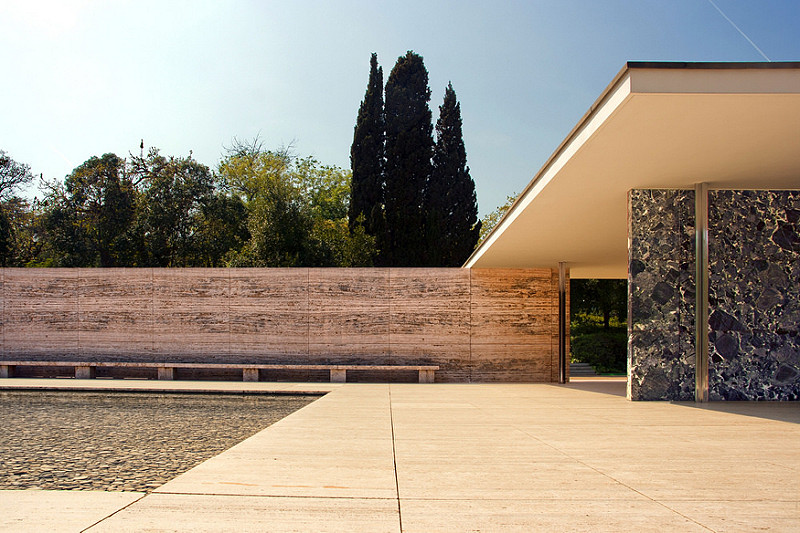
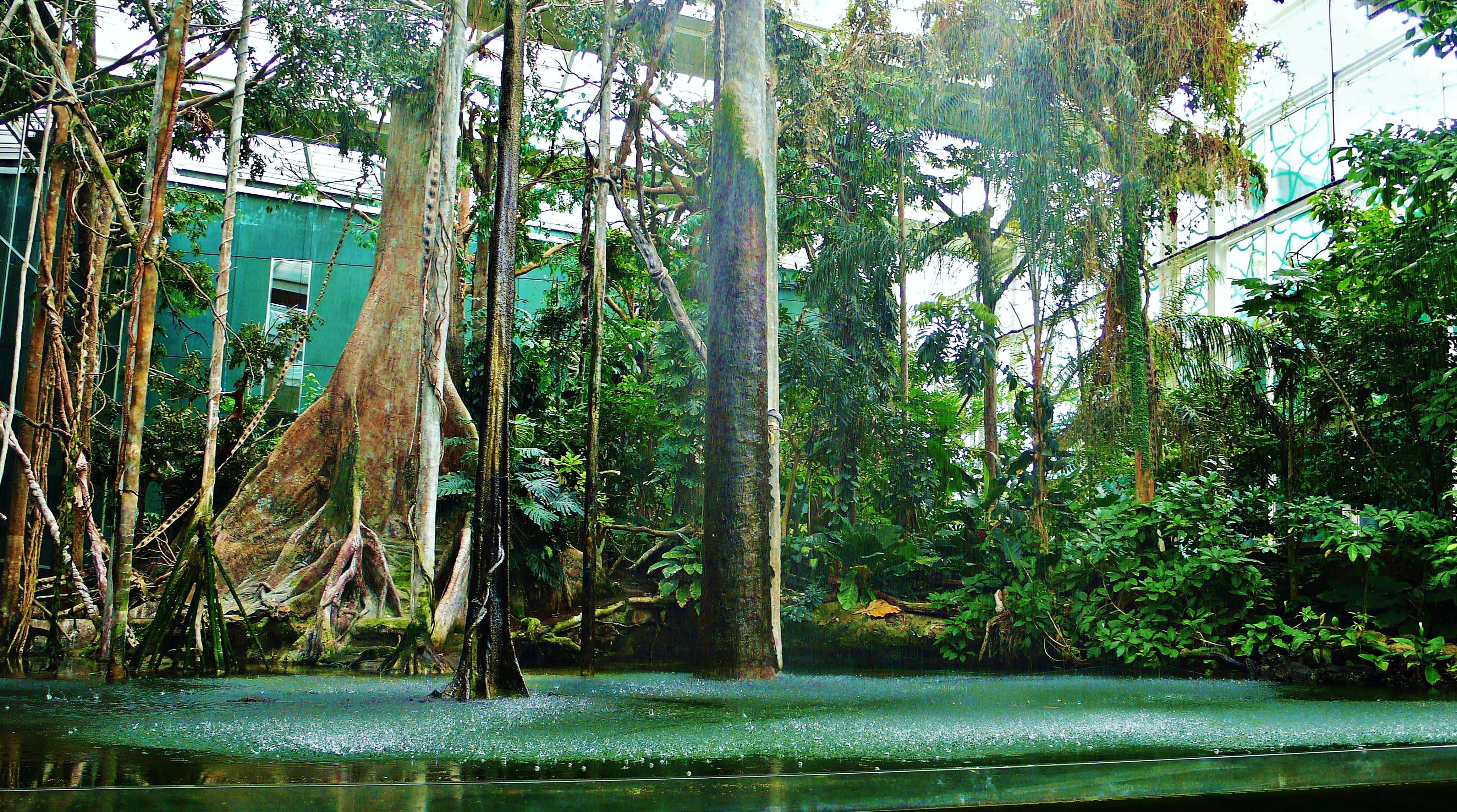
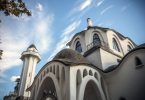
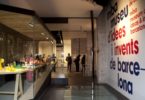
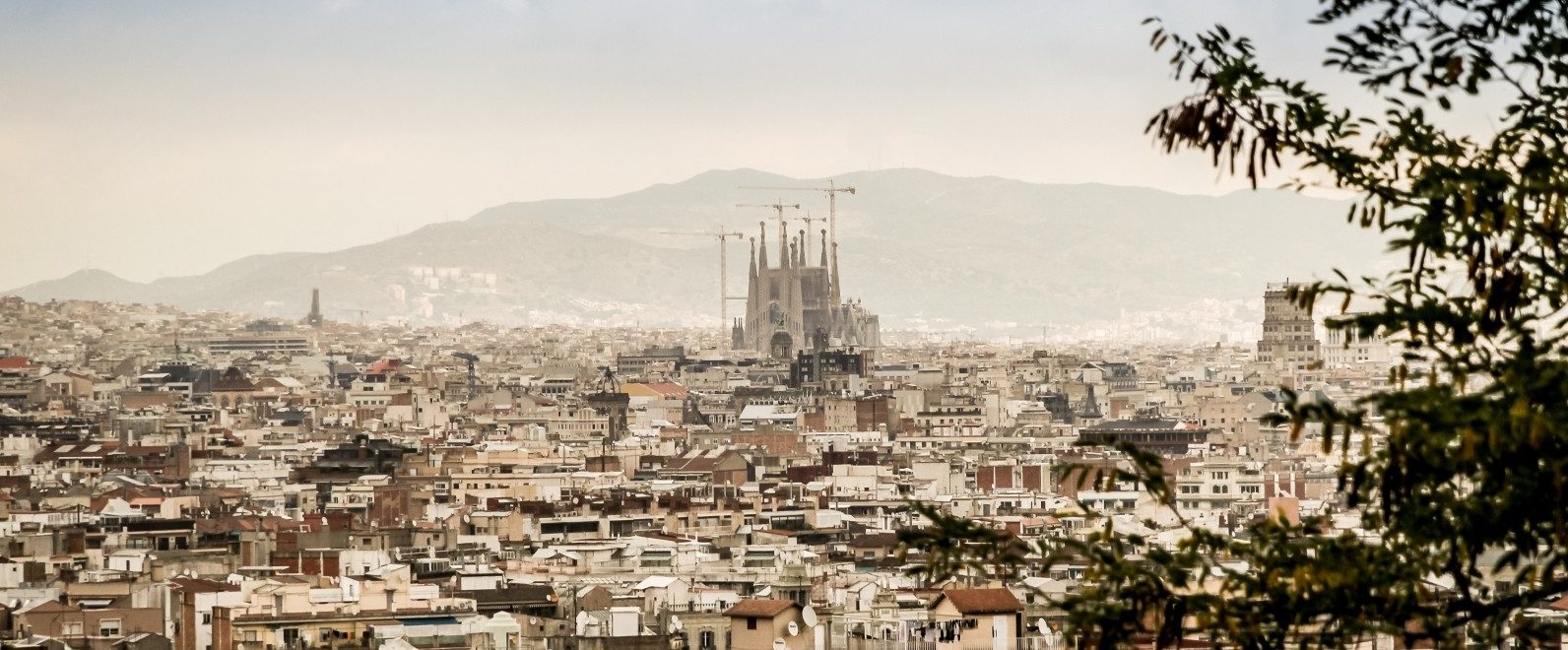
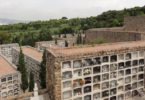
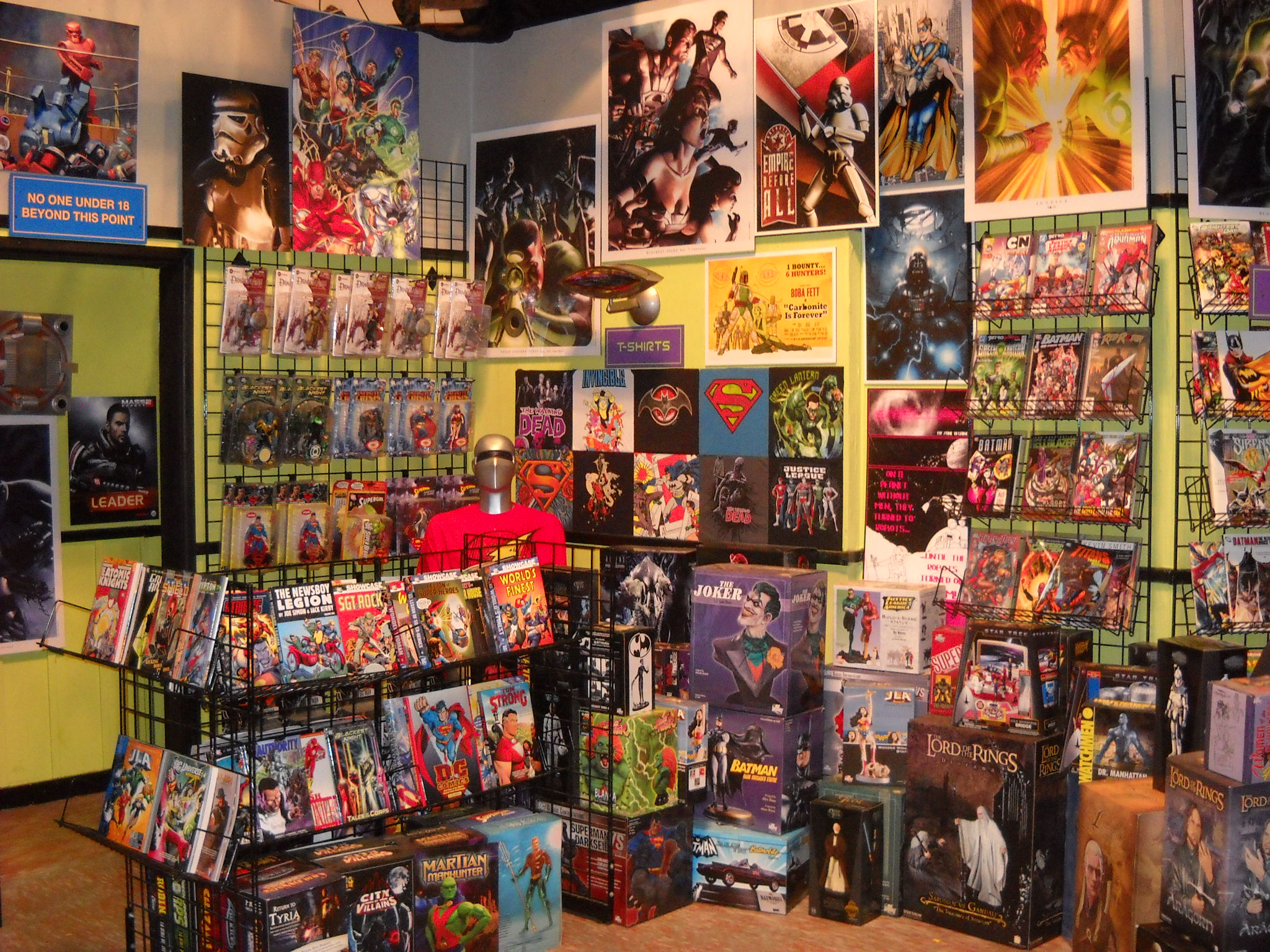

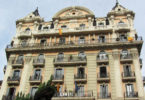
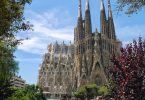

Leave a Comment